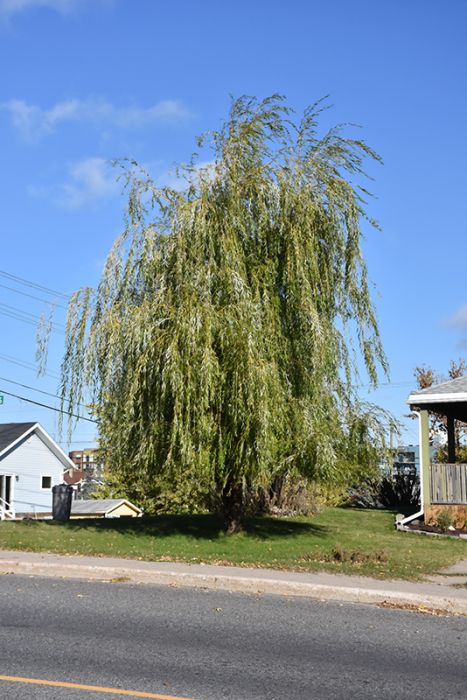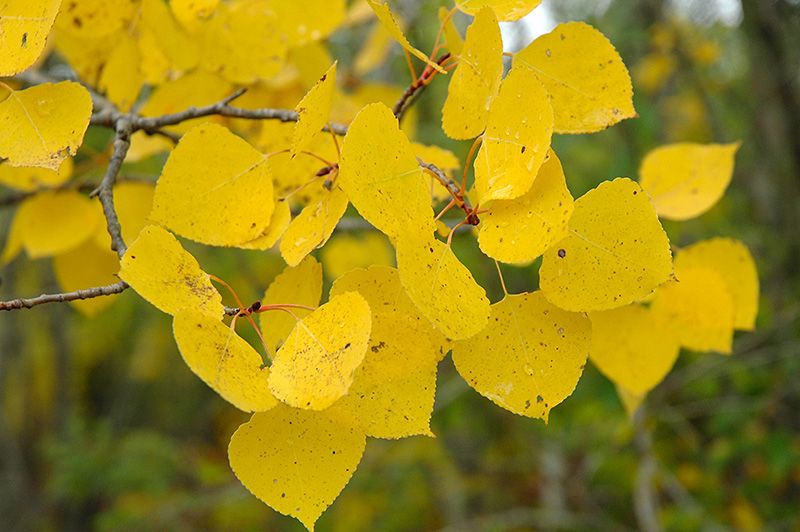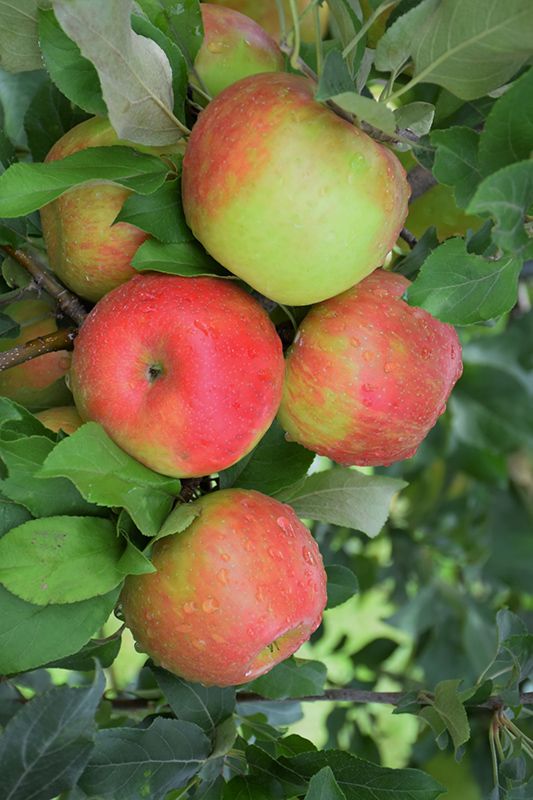Salix, Weeping Willow 'Prairie Cascade'

Out of stock
Temporarily Out of Stock- Sun Preference
- Full-Sun
Description
A beautiful, hardy weeping willow for large areas with plenty of moisture. Dark, glossy green foliage.
Minnesota's Largest Selection of Trees
At Minnesota's Destination Garden Center, we offer a diverse range of trees to suit any landscaping need. Whether you're looking for shade trees to cool your home or ornamental trees to add beauty and interest, you'll find the perfect tree at Gertens. Our knowledgeable staff can help you select the right tree for your space and provide tips for care and maintenance. Visit Gertens today and explore the unmatched variety of trees to enhance your outdoor environment!
Details
Prairie Cascade Weeping Willow | Salix 'Prairie Cascade'
Height: 45 feet
Spread: 40 feet
Sunlight: full sun
Hardiness Zone: 3a
Other Names: Weeping Willow
Brand: Gertens
Description:
A beautiful and hardy specimen tree featuring arching golden branches that weep with age, particularly showy in winter; needs plenty of open space to grow; tends to shed branchlets, root system can be aggressive, do not plant too close to homes
Ornamental Features
Prairie Cascade Weeping Willow is primarily valued in the landscape for its highly ornamental weeping form. It has forest green deciduous foliage. The glossy narrow leaves turn yellow in fall. The furrowed brown bark and yellow branches are extremely showy and add significant winter interest.
Landscape Attributes
Prairie Cascade Weeping Willow is a dense deciduous tree with a rounded form and gracefully weeping branches. Its relatively fine texture sets it apart from other landscape plants with less refined foliage.
This is a high maintenance tree that will require regular care and upkeep, and is best pruned in late winter once the threat of extreme cold has passed. Gardeners should be aware of the following characteristic(s) that may warrant special consideration;
- Messy
- Invasive
Prairie Cascade Weeping Willow is recommended for the following landscape applications;
- Accent
- Shade
Planting & Growing
Prairie Cascade Weeping Willow will grow to be about 45 feet tall at maturity, with a spread of 40 feet. It has a low canopy with a typical clearance of 1 foot from the ground, and should not be planted underneath power lines. It grows at a fast rate, and under ideal conditions can be expected to live for 40 years or more.
This tree should only be grown in full sunlight. It is quite adaptable, prefering to grow in average to wet conditions, and will even tolerate some standing water. It is not particular as to soil type or pH. It is highly tolerant of urban pollution and will even thrive in inner city environments. This particular variety is an interspecific hybrid.
More Information
| Available for Pre-Order | No |
|---|---|
| Tree Type | Shade & Ornamental |
| Sun Preference | Full-Sun |
| USDA Hardiness Zone | 3, 4, 5, 6 |
| Common Family Name | Willow |


